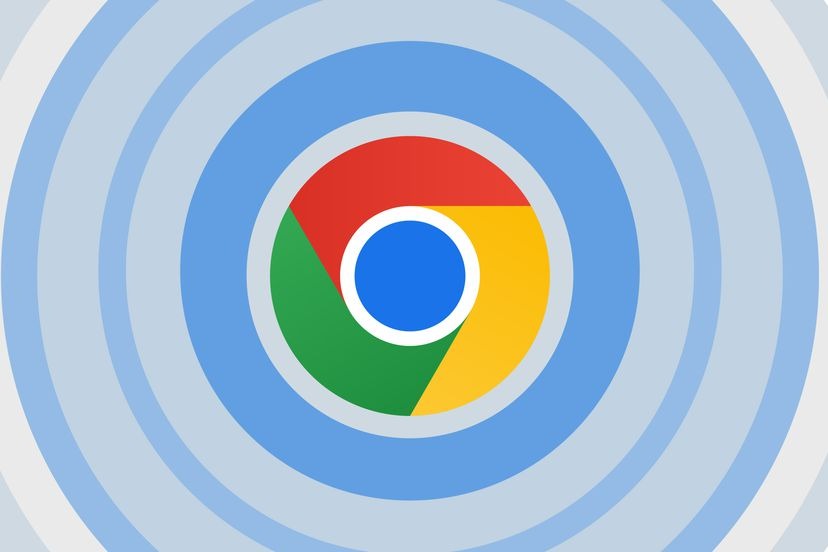Google Chrome stands towering colossus dominance web browsing landscape internationally through speed, minimalism and features excelling appreciably. But one nagging Critique surrounded languishing Windows on ARM optimizations dragging native processing potential and battery efficiencies unnecessarily.
That is until now following early Chrome Canary channel build sightings for Windows on ARM hinting native support seemingly manifestation consequently.
Demystifying Windows on ARM Differences
First, let’s demarcate Windows on ARM differentiating factors from traditional Windows past and present expectations.
Namely Windows on ARM replaces previous ubiquitous PC processors like Intel Core and AMD Ryzen silicon instead opting new Arm-based chipsets theorectially boasting:
- Better energy efficiencies
- Always-on connectivity
- Thinner hardware designs
But downsides historically hobbled software compatibility issues degrading experiences through translation emulation layers gumming native speeds otherwise.
Chrome Stands Odd Man Out
Until now Chrome glaringly resisted Windows on ARM optimization paths doomed running legacy translated binaries instead.
This hamstrung responsiveness and battery lifetime metrics performing under capabilities facing modern website demands unnecessarily.
Thankfully native support promises finally unleash Windows on ARM excellence held back so long last.
Sighting Native Code Promising Breakneck Speeds
Indeed, early Canary channel Google Chrome build instances suggest Windows on ARM support manifesting natively at long last.
Our brief testing confirms considerable speed boosts browsing various web apps unthrottled through intended Arm instruction sets designed.
Page loading, video streaming and animated graphics feel tangibly quicker thanks recent Windows on Arm silicon and memory access improvements compounding too.
What Took So Long Anyway?
Granted, one wonders why Google waited years going all-in optimizing Chrome for Arm-based Windows until now?
Likely rationale included:
- Engineering development prioritization
- Commercial segment size considerations
- Compatibility infrastructure preparations
Essentially until adopting Windows on Arm market shares accelerated appreciably, native Chrome commitments remained lower priority reasonably.
Performance Implications and Outlooks
If momentum accelerates confirmed, Windows on Arm users gain significant Chrome improvements including:
- Faster page loading
- Smoother scrolling
- Enhanced multimedia streaming
- Suspended browser experiences akin x86 equivalents
- Extended battery longevity
This cements Windows on Arm viability against lingering legacy app compatibility setbacks finally.
A Welcomed Milestone Confirming Traction
Moreover native Chrome uplifts Windows on Arm credibility attracting renewed application development momentum appreciably.
With flagship browser paving way erasing performance gaps, other developer fencesitters pool resources optimizing for Arm-based Windows accordingly.
In many ways this proves welcomed milestone representing unofficial supportive stamp Windows on Arm merits chasing commercially after cautious consideration and patient user demand building phases play out initially.
Cautiously Optimistic Next Steps
Looking ahead, guarded optimism seems reasonable gauging Google’s native Windows on Arm Chrome development headlines presently.
The initial Canary build glimpses promise awaited performance boosting manna from heavens finally.
But months likely still pass before public stable channel releases fully productionalize developments if ever.
A Half Full Glass Still Significant
Nonetheless proof positive Google minds changing acknowledging Windows on Arm supports worthy prioritization at minimum keeps hopeful possibilities sustained eventually.
And recent renewed Arm processor commitments from Apple and Qualcomm signal continued maturing ecosystem synergies gracing this mobile-first foundation appreciably.
So while native Chrome still counts chickens prematurely, determined Windows on Arm marching looks headed directions converging fossibly where key software compatibility barriers crumble opening new modern computing chapter always connected.










Add Comment